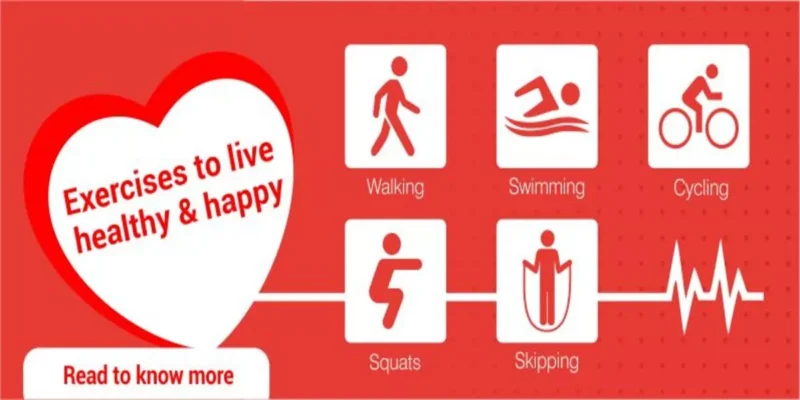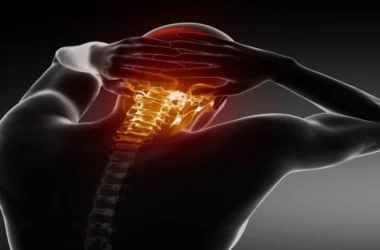[ez-toc]
Introduction
Heart failure is a serious medical condition in which the heart becomes weakened and struggles to pump blood effectively.
While physical activity might seem daunting for individuals living with heart failure, incorporating appropriate cardio workouts into their routine can lead to improved quality of life and overall well-being.
In this article, we will explore safe and beneficial cardio exercises for individuals with heart failure.
Understanding Heart Failure
Heart failure occurs when the heart’s pumping ability becomes compromised, leading to inadequate blood flow to meet the body’s demands.
This can result from various factors, including coronary artery disease, high blood pressure, or heart valve problems. Common symptoms include fatigue, shortness of breath, and fluid retention.
Benefits of Cardio Exercise for Heart Failure Patients
Engaging in cardio workouts, when done safely and with guidance, can offer several advantages for individuals with heart failure:
- Improved Heart Function
Regular cardio exercise can strengthen the heart muscle, leading to better pumping capacity and circulation.
- Increased Endurance
Cardio workouts gradually build endurance, allowing patients to perform daily activities with less effort and fatigue.
Also Read: Promoting Bone Health: Weight-Bearing Exercises for Patients with Osteoarthritis
- Weight Management
Cardio exercises burn calories and can aid in maintaining a healthy weight, which reduces the strain on the heart.
- Enhanced Mood
Physical activity releases endorphins, promoting a positive mood and reducing feelings of anxiety or depression.
Safe Cardio Workouts for Heart Failure Patients
When selecting cardio exercises for individuals with heart failure, safety is of utmost importance. Consider the following options:
- Walking
Walking is a low-impact exercise that can be easily adapted to individual fitness levels. Start with short walks and gradually increase duration and intensity.
- Cycling
Stationary or recumbent cycling is gentle on the joints and provides an excellent cardiovascular workout.
- Swimming
Swimming is a full-body workout that is easy on the heart and ideal for individuals with joint pain.
- Water Aerobics
Water aerobics classes offer a safe and enjoyable way to improve heart health while benefiting from the buoyancy of water.
- Chair Exercises
For those with limited mobility, chair exercises can provide cardiovascular benefits without putting stress on the heart.
Precautions and Safety Measures
Safety is paramount when exercising with heart failure.
Consider the following precautions:
- Consult with a Healthcare Professional: Before starting any exercise program, seek approval and guidance from a healthcare provider to ensure the chosen activities are safe for your specific condition.
- Monitor Heart Rate: Keep track of your heart rate during exercise and stay within the target range recommended by your healthcare provider.
- Stay Hydrated: Drink water before, during, and after exercise to stay adequately hydrated.
- Recognize Warning Signs: Be aware of any signs of distress during exercise, such as chest pain, extreme fatigue, or shortness of breath, and stop immediately if they occur.
Conclusion
For individuals with heart failure, cardio workouts can significantly improve heart function, endurance, and overall quality of life.
Walking, cycling, swimming, water aerobics, and chair exercises are excellent choices for safe and effective cardiovascular workouts.
Prioritizing safety, seeking professional guidance, and listening to your body is essential for a successful exercise routine.
By incorporating appropriate cardio exercises into their daily lives, patients with heart failure can enhance their heart health and enjoy a better quality of life.







Best best best..